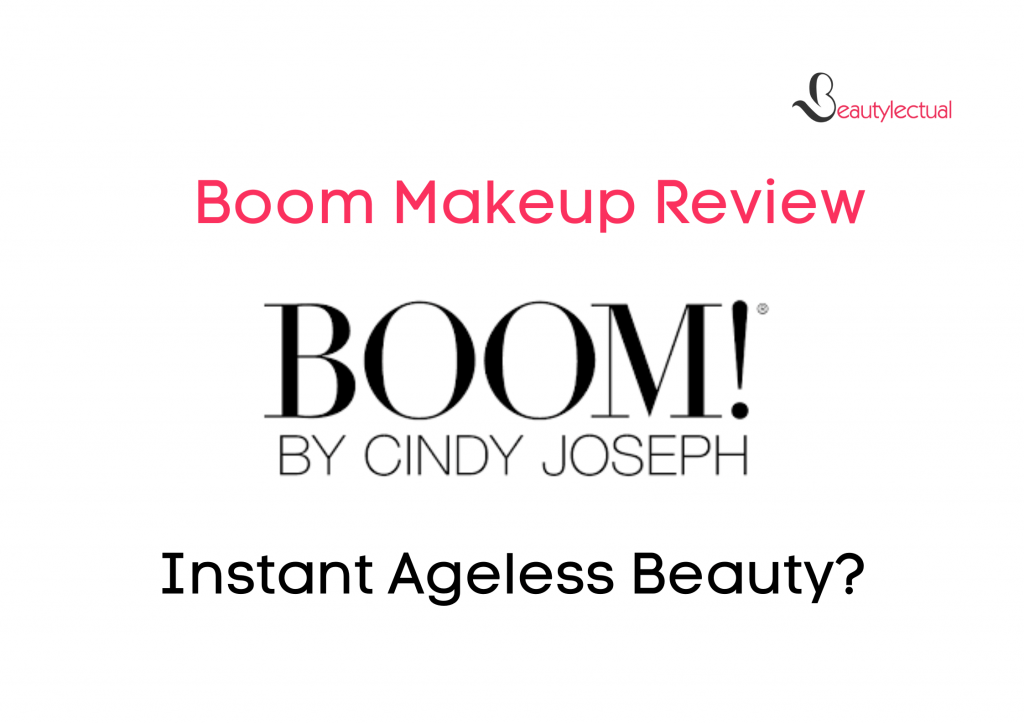

Growth in seizures of counterfeit goods by the U.S. Retailers, the malls, the retail stores are closing up, and we're becoming a duopoly of Walmart and Amazon. And when you take that across a universe of goods, Americans' confidence in their own products is nonexistent. economy, we buy about 60% to 80% of the products." It states:Ĭompanies spend millions or billions of dollars building brands, and building reputations and they're being completely destroyed by Chinese counterfeits. Whether or not it's their intention to completely undermine and destroy the U.S. According to The Counterfeit Report, "China produces 80% of the world's counterfeits and we're supporting China. It is expected to grow to $2.8 trillion and cost 5.4 million jobs by 2022. Sales of counterfeit and pirated goods totals $1.7 trillion per year, which is more than drugs and human trafficking. Īccording to Forbes, in 2018 counterfeiting was the largest criminal enterprise in the world. About 5% of goods imported into the European Union in 2013 were fakes, according to the OECD. : 3 Counterfeit products made up 5 to 7% of world trade in 2013, and in 2014 cost an estimated 2.5 million jobs worldwide, with up to 750,000 jobs lost in the U.S. Sellers of counterfeit goods may infringe on either the trademark, patent or copyright of the brand owner by passing off its goods as made by the brand owner.

They may still be illegal under trademark laws if they confuse consumers or violate patents. Knockoff products are those that copy or imitate the physical appearance of other products but which do not copy the brand name or logo of a trademark. The colloquial terms knockoff or dupe (duplicate) are often used interchangeably with counterfeit, although their legal meanings are not identical. : 96 Exact definitions depend on the laws of various countries. Pirated goods are reproductions of copyrighted products used without permission, such as music, movies or software. The term counterfeit, fraudulent, and suspect items (CFSI) is also used to describe such goods. Countries mainly the U.S., U.K., Germany, Austria, Italy, France, Spain, Netherlands, Belgium, Switzerland, Denmark, Sweden, Norway, Finland, South Korea and Japan are among the hardest hit, as their economies thrive on producing high-value products, protected by intellectual property rights and trademarks.Ī counterfeit consumer good is a good-often of inferior quality-made or sold under another's brand name without the brand owner's authorization. The spread of counterfeit goods are worldwide, with the International Chamber of Commerce (ICC) in 2008 having estimated the global value of all counterfeit goods at $650 billion annually, increasing to $1.77 trillion by 2015. Counterfeit products exist in virtually every industry.

Counterfeit products made up 5 to 7% of world trade in 2013, and in 2014 cost an estimated 2.5 million jobs worldwide. Sellers of such goods may infringe on either the trademark, patent or copyright of the brand owner by passing off its goods as made by the brand owner. "It looked like a blister on my lip but that’s just because of how swollen it was.Counterfeit consumer goods-or counterfeit, fraudulent, and suspect items ( CFSI)-are goods, often of inferior quality, made or sold under another's brand name without the brand owner's authorization. "I woke up the next morning to a swollen top lip, and it just kept getting bigger and bigger – it was really quite frightening and painful. She said: "When I came back at about midnight I took the lip kit off with a baby wipe, and my lip started to feel a bit tingly but I thought nothing of it. She wore a copy of the matte liquid lipstick for a night out in October last year, and by the next morning her lip had swollen to the size of a 1p piece. Larissa Reynolds, 19, said she needed urgent medical care after buying a fake version of the popular product for around £8. "I think people don’t always know that they are buying counterfeit products, but we do say that if you are buying handbags, clothing, or makeup from social media to do it with caution." How a bargain buy turned into horrorĪ teenager from Nuneaton said her top lip "kept getting bigger and bigger" after she used a fake Kylie Jenner lip kit purchased through Facebook. You’re not going to get a brand new pair of Nike trainers for £20. He said: "One major sign that a product is fake is the price – if it looks too good to be true it probably is.


 0 kommentar(er)
0 kommentar(er)
